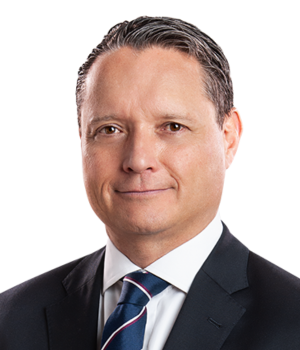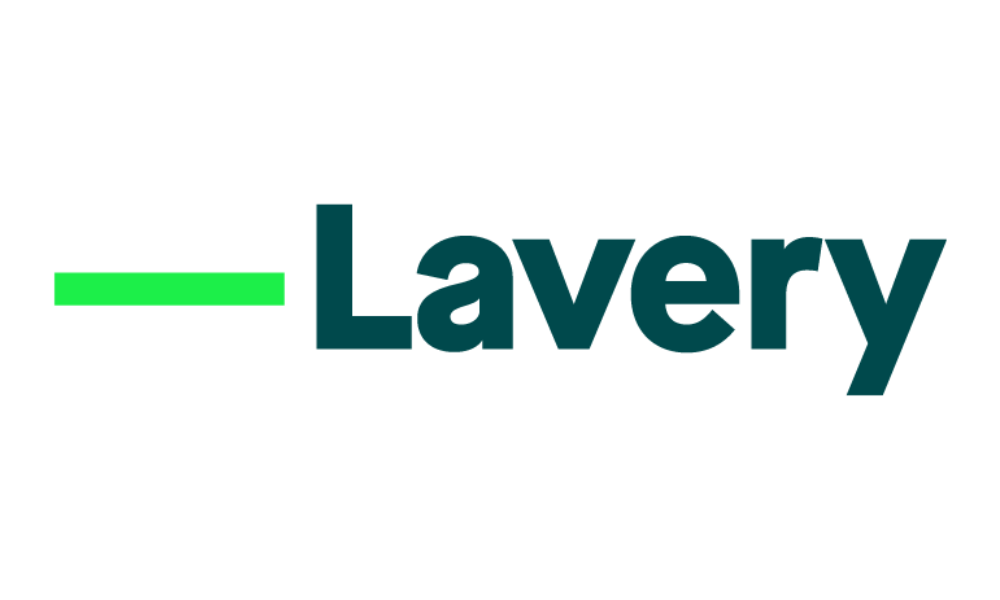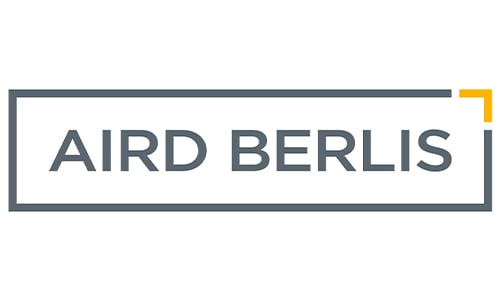Quebec has set ambitious energy transition and industrial decarbonization targets. The shift to greener practices has to be taken in a context where our energy consumption could rapidly grow under the combined effect of a number of factors, such as the reindustrialization of our economy, population growth, transport electrification and the potential for artificial intelligence to consume vast amounts of energy. Investing in the development of energy infrastructure is therefore critically important, as an abundance of energy is key to economic prosperity. The problem is that public finances are already stretched to the limit with the need to renovate our aging infrastructure, among other things. Encouraging private equity investment is thus vital, and tax incentives can be very effective in this respect.
The American example
In 2022, the United States passed its Inflation Reduction Act (IRA), with the goal of stimulating investment in the renewable energy sector, in particular. More specifically, the IRA altered or created a number of tax credits to encourage private investment.1 Over the past two years, US businesses have announced a total of almost US$276 billion in new investments in clean energy generation and the capturing or elimination of carbon dioxide and other forms of industrial decarbonization, an increase of 34% on the two years previous.2
The IRA is effective in that it takes the respective situations of various energy sector stakeholders into account in a creative, flexible and pragmatic way, especially where taxation is involved. Energy project promoters often have to wait many years for their projects to generate income and profits, even though the banks and other investment funds they solicit financing from can be presumed to be operating profitable businesses. The tax losses that occur in the years during which such projects are designed and built are therefore of little interest to developers, but of immediate interest to investors. And so, a tax equity market has emerged, in which businesses subject to taxes can invest in the shares of entities set up to develop such projects so as to benefit from tax credits and faster depreciation. Typically, the entity that cashes in the investment and develops the project distributes 99% of income, losses and tax credits to investors until a predetermined return is achieved. Once that return is achieved, the investor’s share of the benefits decreases, and the developer has the option of buying out the investor’s residual share.
The IRA has transformed how federal clean energy tax credits are monetized, and it is now possible to buy and sell such credits without having to make a long-term investment. For businesses, this new way of doing things is an additional and attractive way to participate in the growing tax credit market.3
In 2023, the volume of the tax equity market for American projects was around US$20 to 21 billion, up about US$18 billion from the previous year.4 It appears that the trend will continue. It is estimated that the value of the current market, which is particularly attractive to banks, is set to double to US$50 billion a year by 2025.5
The equivalent of flow-through shares
The Quebec and Canadian tax deductions mechanism that most closely resembles the US tax equity market is probably flow-through shares. Through these, businesses in the mining and renewable energy sectors can transfer their mining exploration expenses and other expenses—specifically designated as eligible—to investors, who can then deduct them from their own taxable incomes.6 These businesses can thus issue shares at a higher price than they would receive for common shares to finance their exploration and development operations. Investors are willing to pay a higher price in return for the tax deductions afforded by the eligible expenses incurred by the issuing businesses, which can amount to a maximum of 120% of the equity invested in the shares.7 Investors can also claim a 15% or 30% federal tax credit.
However, because tax incentives cannot be transferred, our mechanism is more rigid than the American one, and it can only be applied to mineral exploration and development expenses and certain specific expenditures related to renewable energy and energy conservation projects, such as electricity generation using renewable sources like wind, solar energy and geothermal energy.8
With ambition and innovation comes the need to take action
Quebec could draw inspiration from the IRA to increase the attractiveness of flow-through shares and broaden their scope of application, thereby creating a new tool to finance the energy transition. The renewable energy sector is similar to the mining sector in many respects, not least in terms of the considerable amount of capital required to build the infrastructure needed to operate a mine or energy generation facility. The flow-through share mechanism, which is well-established and popular with investors,9 could be just as successful in our energy transition context. Making such incentives easier to transfer would also drive the emergence of a market similar to the US tax equity market.
A number of Québec flagship companies, such as Hydro-Québec,10 Innergex11 and Boralex,12 are also very ambitious when it comes to developing large-scale energy projects. They face major financing challenges, as do those in the industrial decarbonization and infrastructure renewal sectors. Innovation is necessary to meet these challenges and make the transition to a more sustainable, but just as prosperous, world, and to do so in good time.
- Link
- Rhodium Group and MIT’s Center for Energy and Environmental Policy Research (CEEPR), Clean Investment Monitor, link
- Brandon Hill, How to take advantage of tax credit transferability though the Inflation Reduction Act, Thomson Reuters Institute, April 16, 2024, link
- Allison Good, Renewables project finance to keep pace in 2024, but tax equity rule looms, S&P Global, January 12, 2024, link
- Lesley Hunter and Mason Vliet, The Risk Profile of Renewable Energy Tax Equity Investments, American Council on Renewable Energy, December 2023, link
- Link, page in French only
- Link
- Link
- Prospectors & Developers Association of Canada, Flow-through shares & the mineral exploration tax credit explained, link
- Link
- Link
- Link
***
Lawyer: David Tournier, Éric Gélinas, and Charles-Hugo Gagné
Lawyer bio:
 David Tournier is a partner in the Business Law group, and his practice focuses on corporate finance. He has extensive experience in private practice, in particular, bank financing, project financing, insolvency and private equity. He also acted as vice-president and corporate secretary of a large industrial project and advised many entities on governance issues.
David Tournier is a partner in the Business Law group, and his practice focuses on corporate finance. He has extensive experience in private practice, in particular, bank financing, project financing, insolvency and private equity. He also acted as vice-president and corporate secretary of a large industrial project and advised many entities on governance issues.
More recently, he has represented start-up companies, multinationals and investors involved in engineering, green industrial projects and information technology. David is passionate about the new technologies and financing transactions that make his clients' projects possible. He draws on the broad expertise he has acquired in renowned law firms and as a corporate executive to assist entrepreneurs, investors, directors and legal departments in a wide range of areas.
***
 Éric Gélinas is a member of the Business law group in Lavery’s Montréal office. He assists businesses with complex tax reorganizations and the tax aspects of national and cross-border mergers and acquisitions. He is also interested in the tax aspects of estate planning and inter-generational transfers of businesses.
Éric Gélinas is a member of the Business law group in Lavery’s Montréal office. He assists businesses with complex tax reorganizations and the tax aspects of national and cross-border mergers and acquisitions. He is also interested in the tax aspects of estate planning and inter-generational transfers of businesses.
Éric’s main areas of expertise are corporate tax planning, taxation of corporation reorganizations, and the tax aspects of mergers and acquisitions. Éric is also a tenured professor in the tax department of the École de gestion de l’Université de Sherbrooke, where he teaches the taxation of corporate reorganization in the master’s (M. Fisc.) program. He is frequently called upon to speak and write articles on the subject of taxation.
***
 Charles-Hugo Gagné is a lawyer in the Business Law group and a member of the firm’s tax law team. In the course of his practice, Charles-Hugo participates in planning, analyzing and implementing tax structures and strategies as part of major commercial transactions, both in Canada and abroad. He is involved in mergers and acquisitions, financing efforts, purchase and sale transactions and corporate reorganizations, among others. He also participates in estate planning and trust creation and is called upon to assist and represent clients in the resolution of disputes with tax authorities.
Charles-Hugo Gagné is a lawyer in the Business Law group and a member of the firm’s tax law team. In the course of his practice, Charles-Hugo participates in planning, analyzing and implementing tax structures and strategies as part of major commercial transactions, both in Canada and abroad. He is involved in mergers and acquisitions, financing efforts, purchase and sale transactions and corporate reorganizations, among others. He also participates in estate planning and trust creation and is called upon to assist and represent clients in the resolution of disputes with tax authorities.
Prior to joining Lavery, Charles-Hugo was a legal advisor in the capital markets and wealth management team of a major Canadian financial institution, where he worked with various business units, both for institutional clients in the capital markets and in securities brokerage and custody activities. He also advised private pension funds on the regulatory and legal implications of their investments in various Canadian and international private equity and venture capital funds.
Charles-Hugo also had the opportunity to work for an international law firm in Brussels, Belgium and to represent Canada during an economic and diplomatic mission in China.





